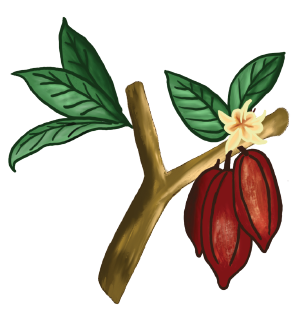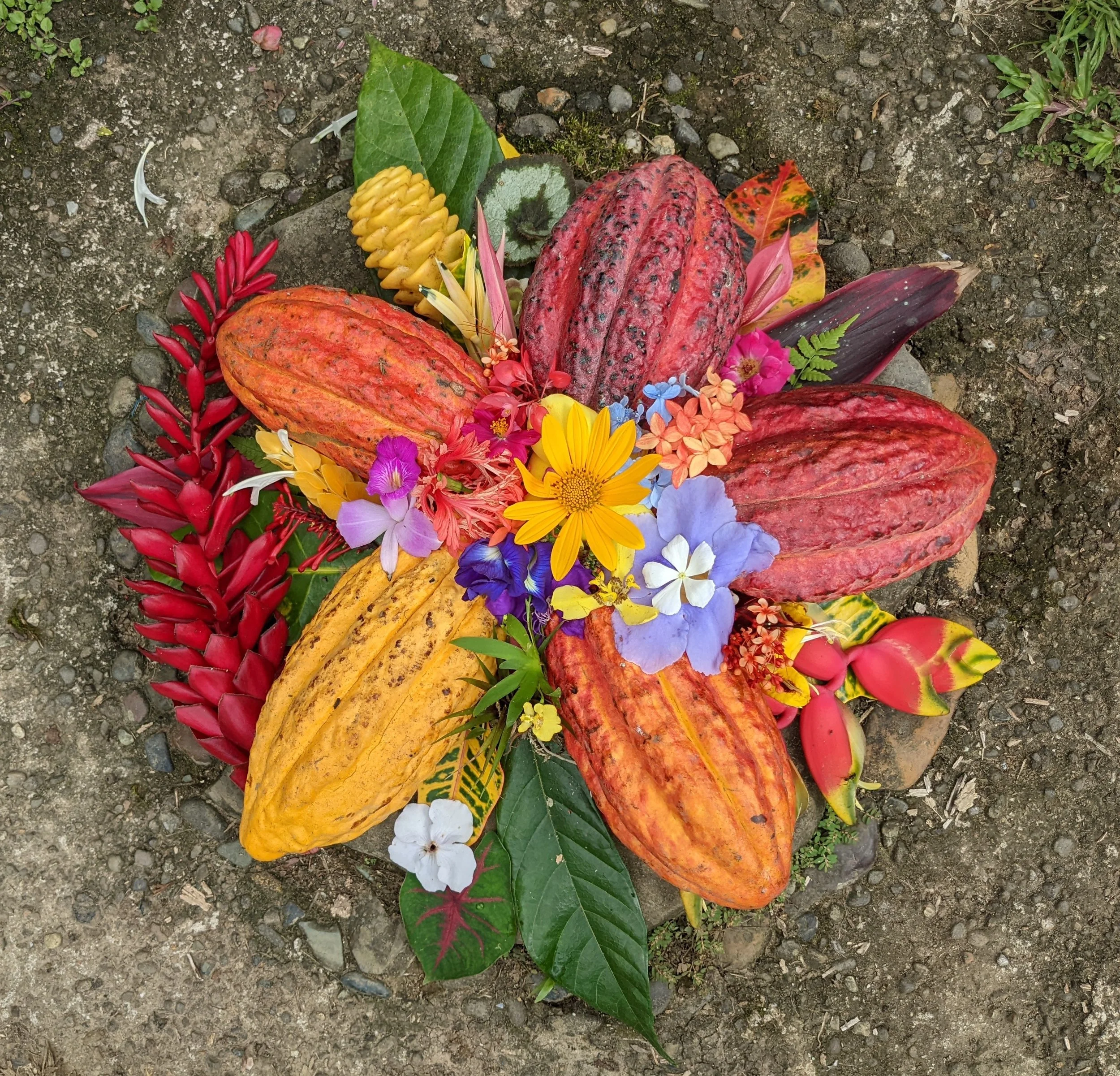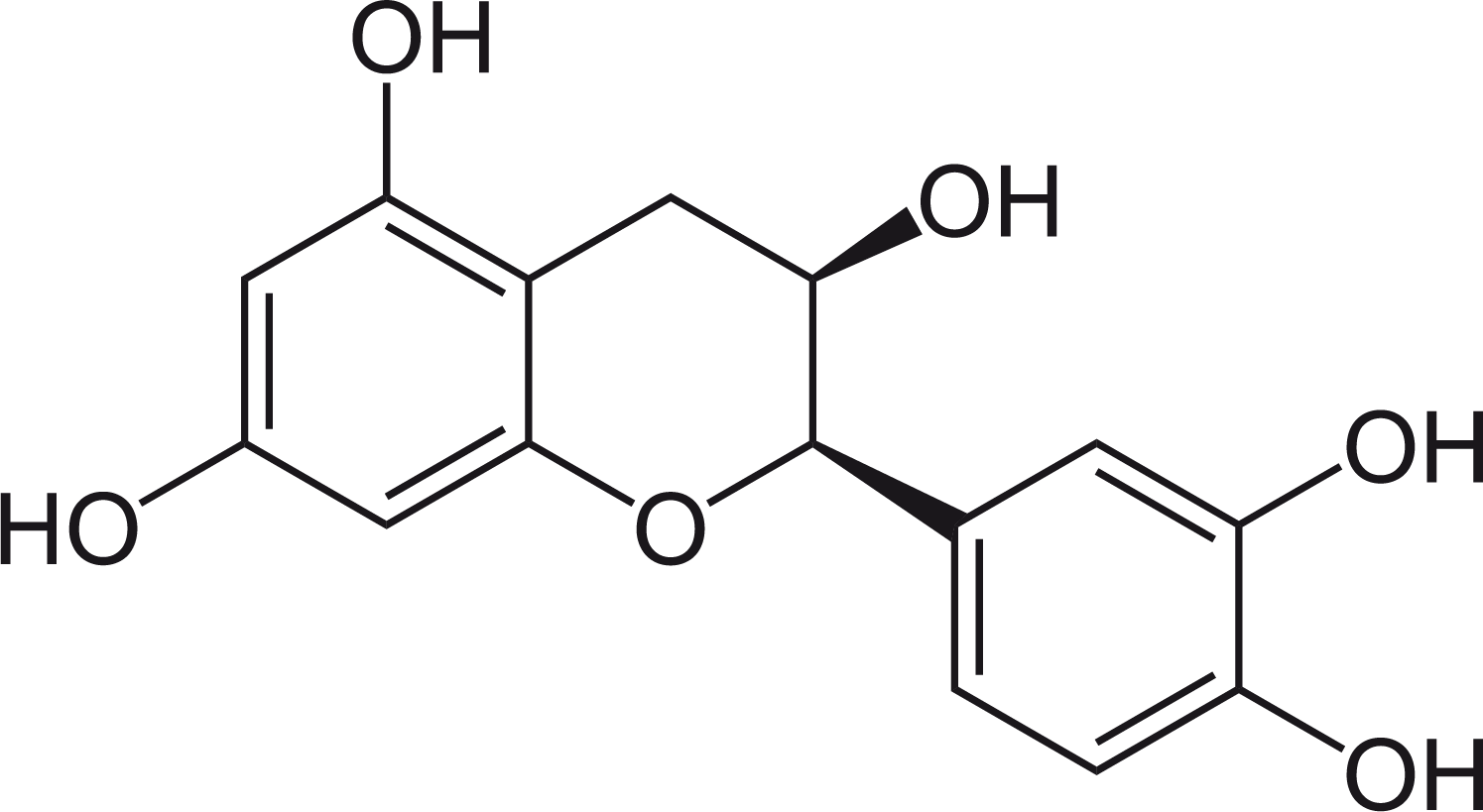Good to Eat
The chocolate tree (Theobroma cacao) is native to Northwestern South America, and this region (which includes Ecuador) is the global center of genetic cacao diversity. ‘Nacional’ is the umbrella name for Ecuador’s ancient heirloom cacao varieties, and encompasses an immense but poorly documented diversity of flavors. Ecuador’s ‘Nacional’ varieties produce cacao with complex flavor progressions that can have various fruity, floral, nutty, and woodsy notes. All fine flavor heirloom varieties have a notable lack of bitterness or astringency.
Heirloom cacao has flavors. Lots of them.
Modern industrial cacao varieties (such as CCN51, the single clone that now makes up most of Ecuador’s cacao crop) produce a flat, one note cacao with overwhelming bitterness. Industrial, high yielding clones like CCN51 that produce poor quality cacao are what make up the bulk of the global commodity market. A commodity means that cacao from one place is the same as, and interchangeable with, cacao from any other place. For a modern industrial variety, this is more or less true - the poor flavor profile of cacao from a CCN51 clone grown in coastal Ecuador is going to be essentially the same as another industrial variety grown anywhere else in the world.
Heirloom cacao tastes better. Why? The short answer is that, unlike modern industrial cacao hybrids, heirloom cacao has flavor. Actually, many diverse, complex and wonderful flavors and aromas.
This is not the case for heirloom cacao. At Sueños and other Nueva Esperanza farms, each tree, each pod, and each seed are genetically unique. Each harvest and each shipment I receive is a little bit different from the one that came before, and the one that will arrive next. When ‘Nacional’ trees are cultivated in areas outside of Ecuador, their unique terroir is lost.
Eating chocolate made with Ecuadorian heirloom cacao means conserving the trees that produced this unique product, the forested habitat the cacao was grown in, and the human cultural systems that value and maintain this biodiversity.
One of the beneficial properties of cacao is that it is a cognitive stimulant, and can improve our focus and concentration. This is an effect of a chemical called theobromine, and cacao has the highest concentration of theobromine of any plant species. Theobromine (like caffeine, nicotine, morphine and quinine) is a type of alkaloid. Alkaloids are a class of bitter, nitrogen-containing compounds produced by all plants. The chemical structure of theobromine is very similar to caffeine, and both of these chemicals act as neurostimulants to humans. However, the stimulant effects of theobromine are less intense than caffeine, and last for a longer period of time. Drinking chocolate instead of coffee is therefore preferred by many people since theobromine provides more subtle and long-lasting energizing effects without the intense rush, crash and post-crash jitters familiar to too many coffee drinkers. Cacao does also contain a small amounts of caffeine, although it is too little to have a neurostimulant effect on most of us.
Cacao is a Cognitive Stimulant
Theobromine vs. Caffeine
Cacao is high in antioxidants
Cacao has an exceptionally high concentration of antioxidants. The higher the percentage of cacao in your chocolate, the more healthful it is for you! Two of the highest concentration antioxidants ((-)-Epicatechin and (+)-Catechin, chemical structures shown below), are especially of interest for their potential role in protecting or promoting cardiovascular health.
(-)-Epicatechin (chemical structure source)
(+)-Catechin (chemical structure source)
One of the most common questions I get is, ‘Is it possible to eat too much chocolate?’ Perhaps the answer to this question can be drawn from the Guna of Panama, an indigenous society where people drink ~8 cups of cacao a day - that’s ~40 cups a week! (disclaimer: this is drinking chocolate with little to no sweetener or dairy) Many of the most prevalent modern ailments, such as cardiovascular disease, are almost unknown in this society. So, if you’re consuming chocolate with a high percentage of cacao, the upper limit of ‘too much’ chocolate is probably REALLY high - higher than you’re likely to consume. So, go ahead and enjoy!
This chocolate is SO GOOD and I can’t stop eating it. Is it possible to eat too much chocolate?








